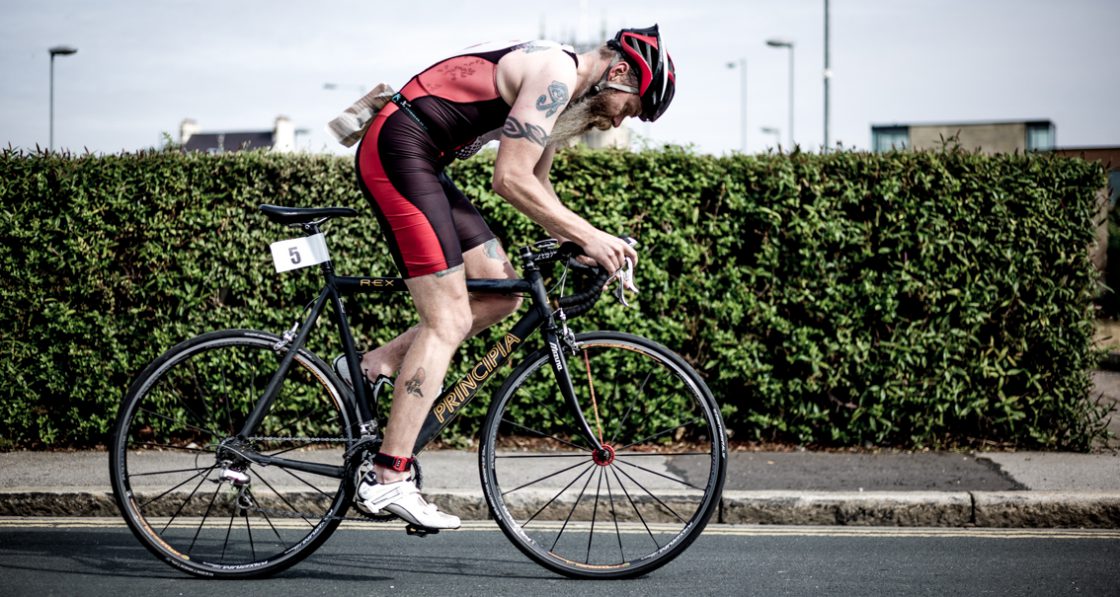Exactly two years ago, I met a bloke in a car park under the shadow of the Humber Bridge to buy a bike. Don’t worry, I knew him, and knew that the bike I was buying was his to sell. He’d had his Scott Addict for four years and was replacing it with a Colnago, and gave me a good deal, although he was keeping the bars, stem and wheels.
Once I’d got the bike, and the bits I needed, I took it for a spin. Almost every segment on a regular short loop was a PR. I was impressed with it from the get go, especially as it didn’t weigh more than a sparrows fart. Photo below was only a couple of months ago, after some very grim weather.

A couple of months after getting the bike I raced on it for the first time at the Dales Duathlon. This was a relatively hilly race where I thought the Scott would be ideal. I finished third vet, so it probably was a good decision, although I do regret the white bar tape. It was filthy within a couple of rides.

Later that summer I had an attempt at Everesting up a local climb called Spout Hill, near Brantingham. I made it to 7200m before monsoon weather and then a puncture ended the day. My hands were so numb from braking that I couldn’t remove the tire. In hindsight I should have gone home and changed the wheel, but never mind.
I completed a 150 mile ride on the hottest day of the year, finished numerous sportives, and the Rapha Festive 500 on two occasions using the Scott almost exclusively. https://beardsandtriathlons.wordpress.com/2016/12/31/the-rapha-festive-500/
I need to point out that like most normal people I give my bikes names. The Scott had been given a custom paint job in the colours of the nutrition brand OTE, and OTE is only a short leap to Otis, so Otis he became. The photo below was from a very cold sportive in the lakes in February 2016.

In May 2016 I managed a 200 mile ride in preparation for my Triple Ironman (really must write a blog entry about that). I hadn’t intended to use Otis too much in that race, but because my arms, neck and shoulders were sore from the swim, I only completed 7 laps on my Tri bike, about 84 miles, the other 252 miles were all done on Otis.
The last big ride that I did on Otis was back in September, where my Garmin ‘lost’ over 50 miles. https://beardsandtriathlons.wordpress.com/2016/09/08/partially-corrupted-garmin-file/ Since then I’ve been taking it a bit easier.
So…. I’ve had Otis for two years, here are some stats for you.
- 275 rides
- 20050.4 km
- 12458.7 miles
- Eddington scores of 65 miles, 89 km and climbing of 1060m
- Total kudos 14617
- Longest ride 323 km
- Hilliest ride 7211m
Approximate cost of the bike, including everything, works out at less than 20p per mile.
To finish, thank you to my friend for selling me such a great bike, to Scott for making such a great bike (happy to review any of your other bikes), and here’s to the next 12,000 miles.















You must be logged in to post a comment.